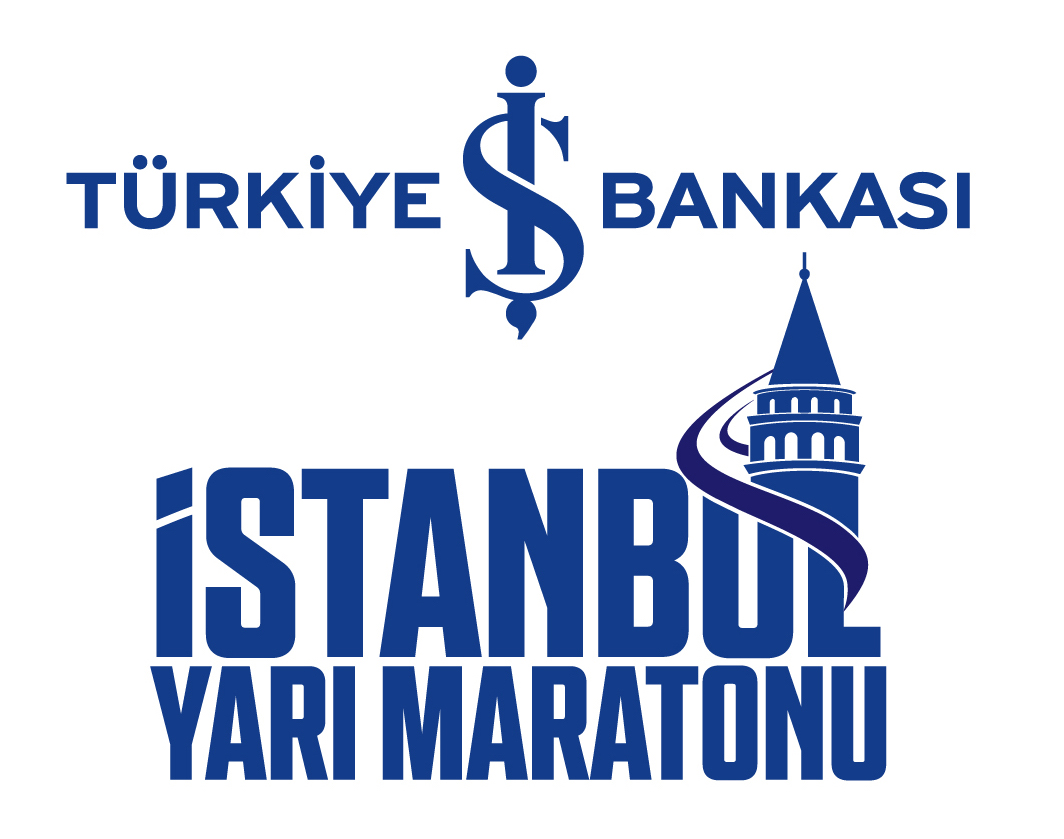You can consider the following suggestions to prevent injuries and to recover faster after training.
Strength Training: You can reduce the risk of injury with strength training that you can perform with your own body weight several times a week. You can reduce the load on the knees and improve your running form, especially by strengthening the core and hips. However, it is important to train the whole body, especially the large muscle groups.
Rest: When we train, we put our body under a certain stress. Therefore, muscles, tendons and joints come under an unusual load. During the resting period, these areas are repaired and become stronger than before, resulting in development. For this reason, development actually occurs during the rest period, not during training. Injuries can occur when enough time is not given to the body for rest and recover.
Ground: The ground, where the running is performed, can play a role in the formation of injuries. For example, running on concrete, which is the hardest floor, can lead to injuries such as stress fractures for a beginner. To reduce the amount of impact, you can run on asphalt instead of concrete, or if your area is suitable, you can choose softer surfaces such as track, grass, or hard soil.
Sleep and Nutrition: Sleep and nutrition are very important for recovery after training. Growth hormone secreted during deep sleep helps to repair muscles and strengthen bones. Insufficient and irregular sleep also has a negative effect on many hormones. In the same way, you can allow your body to recover more quickly with a regular diet, especially consisting of unprocessed foods.
Choosing the Right Shoes and Clothing: Choosing shoes made for running is important to reduce the risk of injury. The right shoe will be different for everyone, but if you are just starting out, you can choose models with shock-absorbing properties. Moreover, choosing the right clothes is also important for your running comfort and performance. It is important to choose the appropriate fabric that will allow you to move comfortably, taking into account the season both in your training and in the competition.
Warm-up and Stretching: Warm-up and stretching exercises are important to prepare the body for running. It is beneficial to perform dynamic stretching and mobilization exercises that prepare the wrists, knees, and hips for running, especially before short-term high-intensity jogging exercises that force the body such as tempo, interval, and HIIT.
Cool-down: After an intense workout, the first step for our body to relax and enter the recovery phase is the cool-down section. Practices such as stretching, foam-roller, and massage can be considered as preparation for the next training. It is important to include a cool-down section after training for recovery and protection from injuries.
Prof. Dr. Mutlu Vural
Health Director of Istanbul Marathon
Acknowledgements: These informative texts were prepared with the consultation of sports medicine Professor Bülent Bayraktar and ultramarathon runner Aykut Kocabaş.


